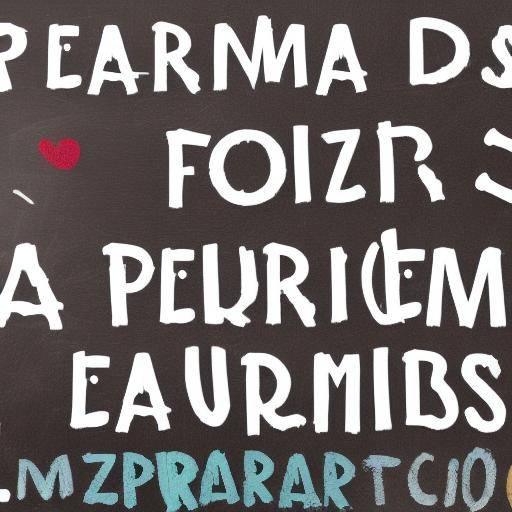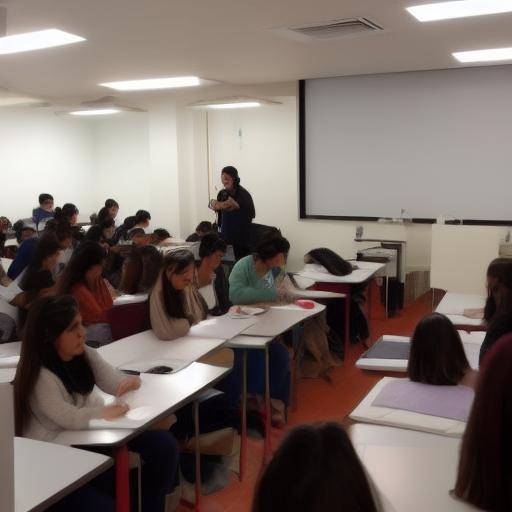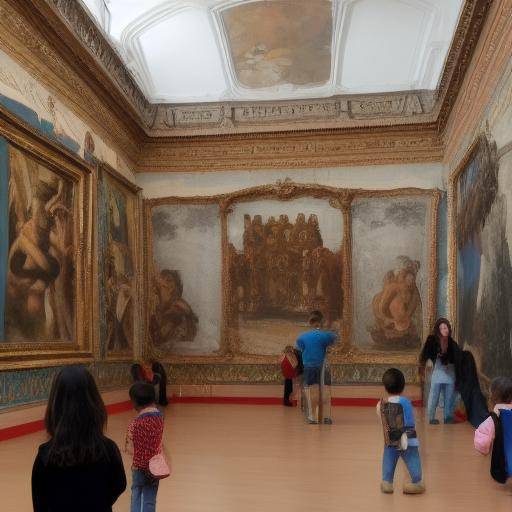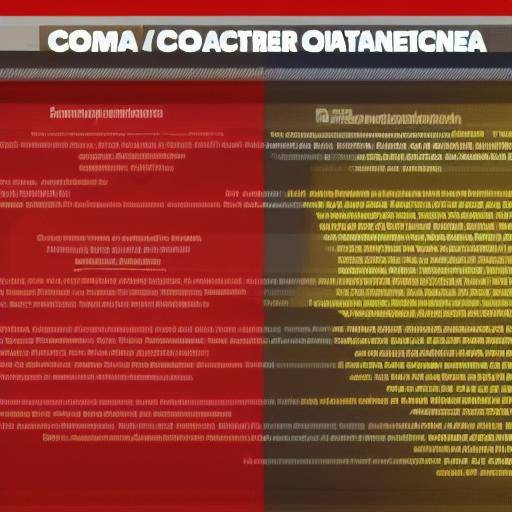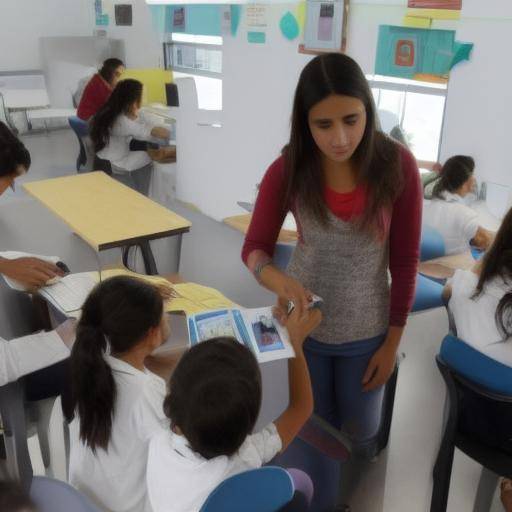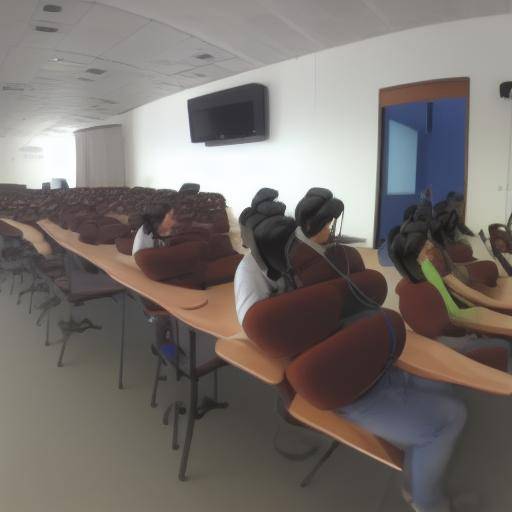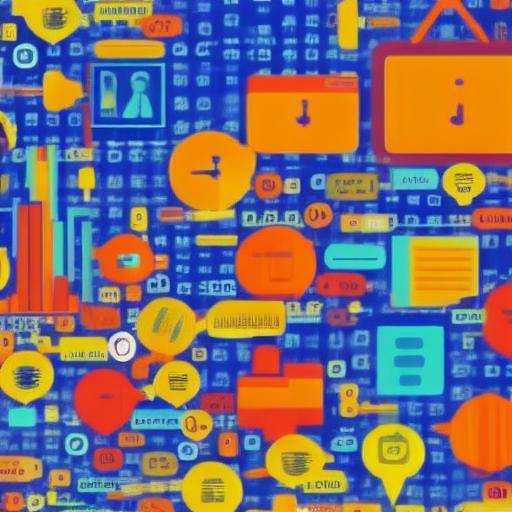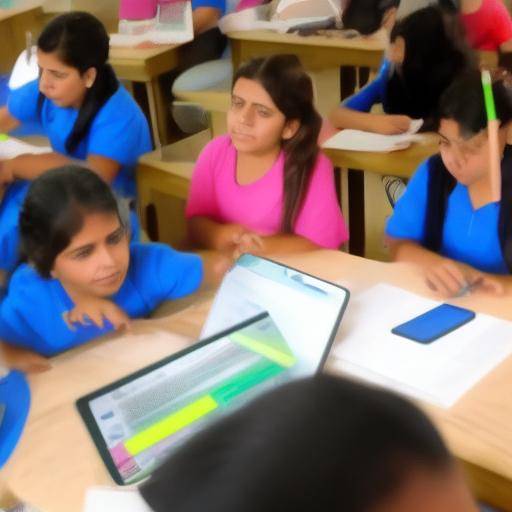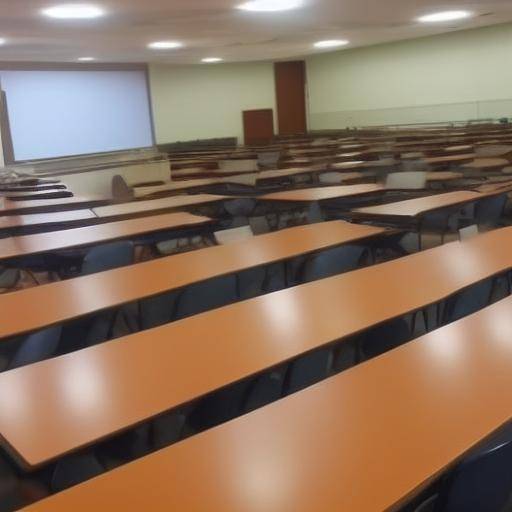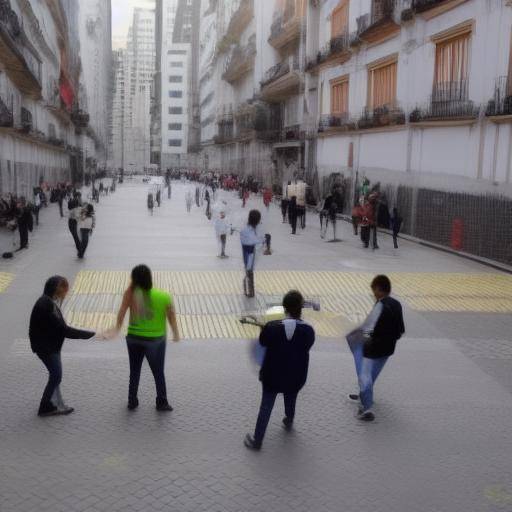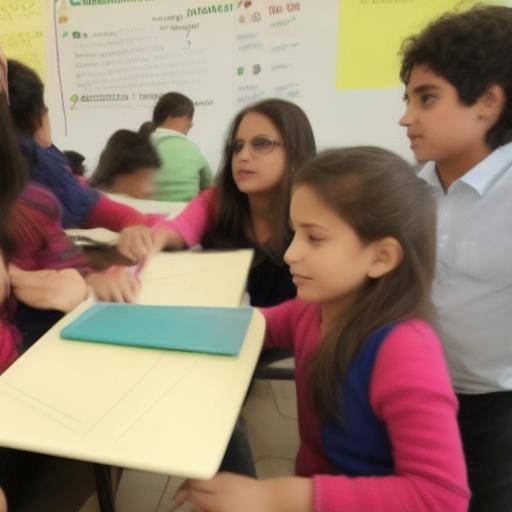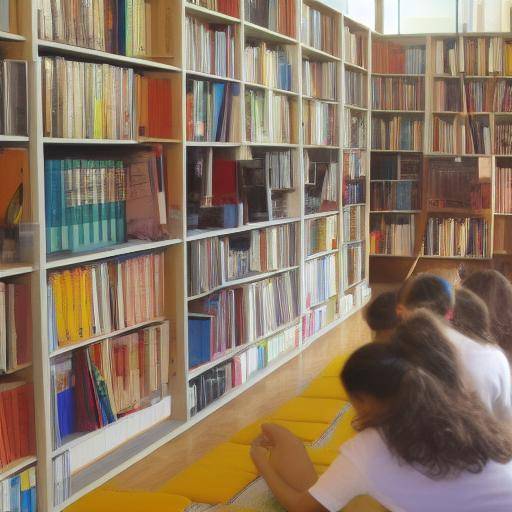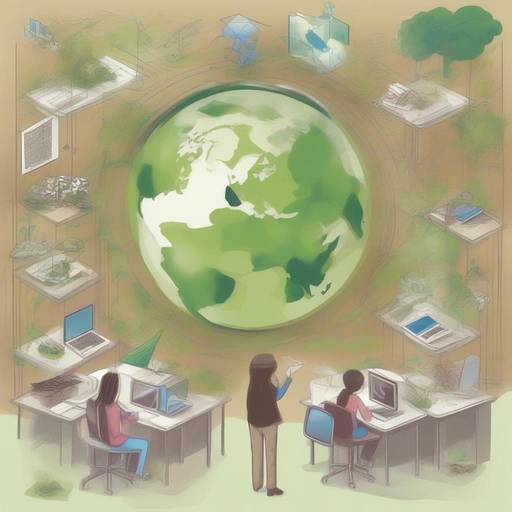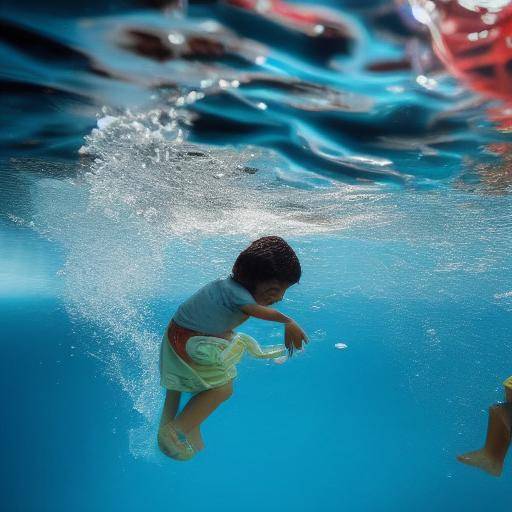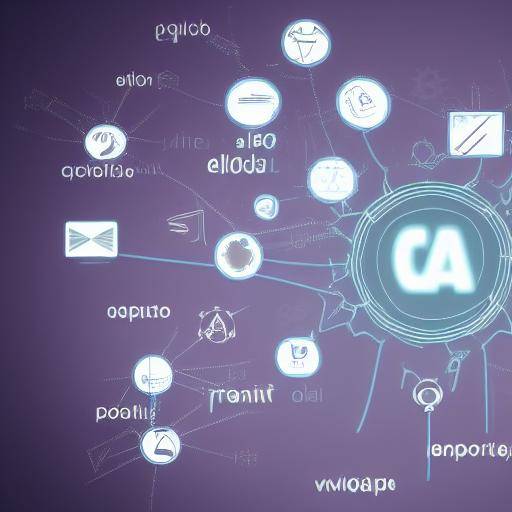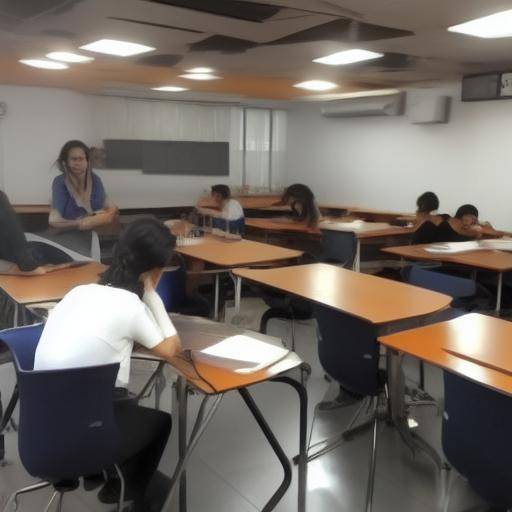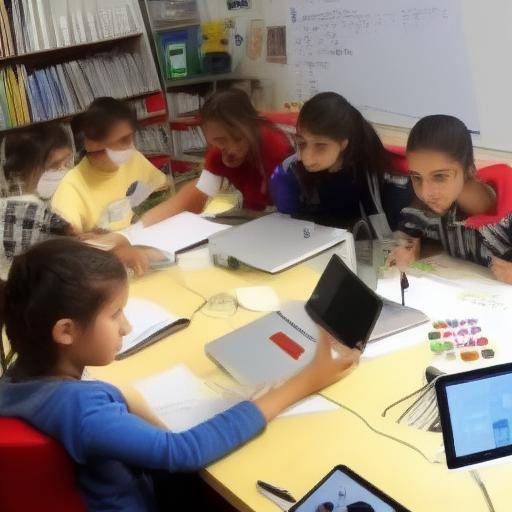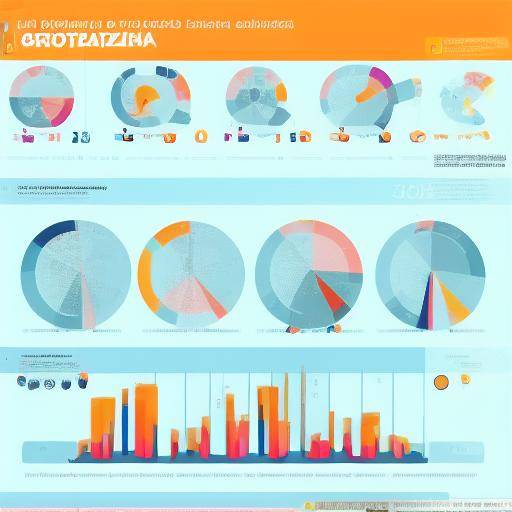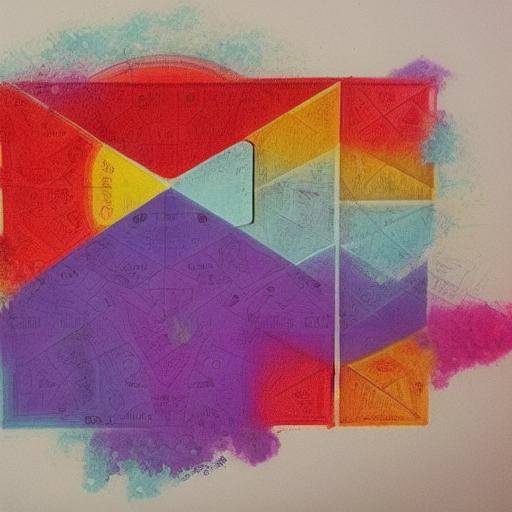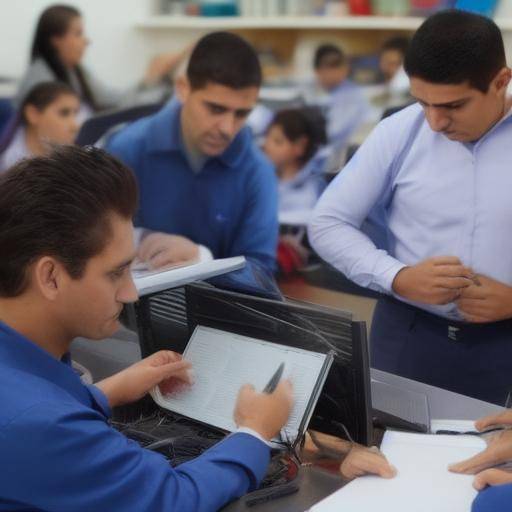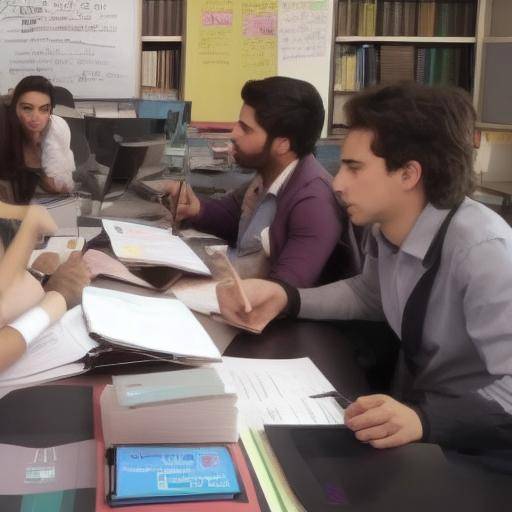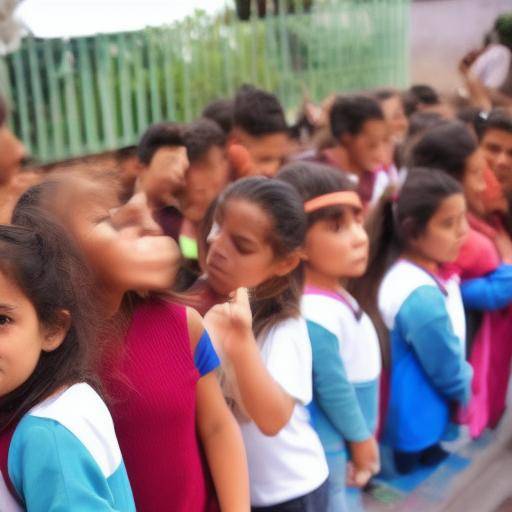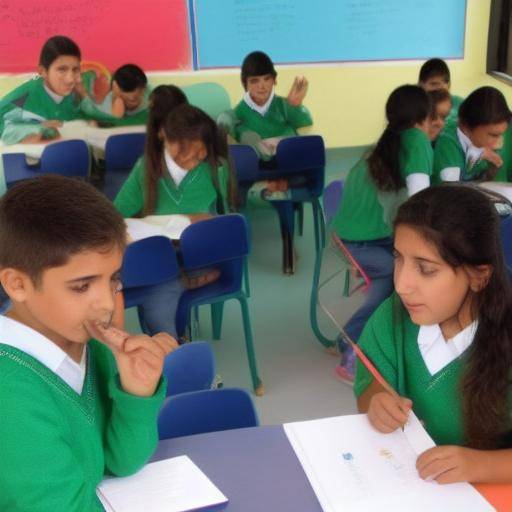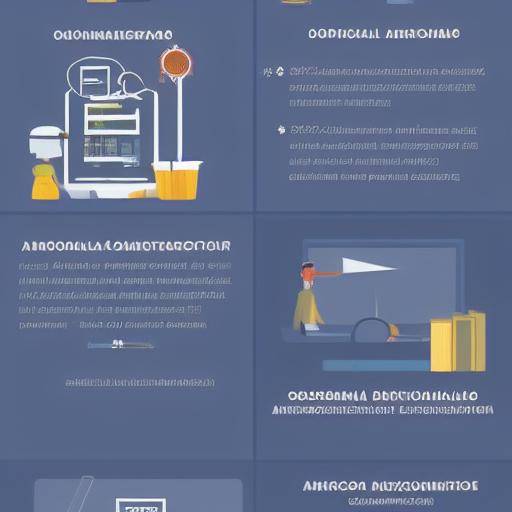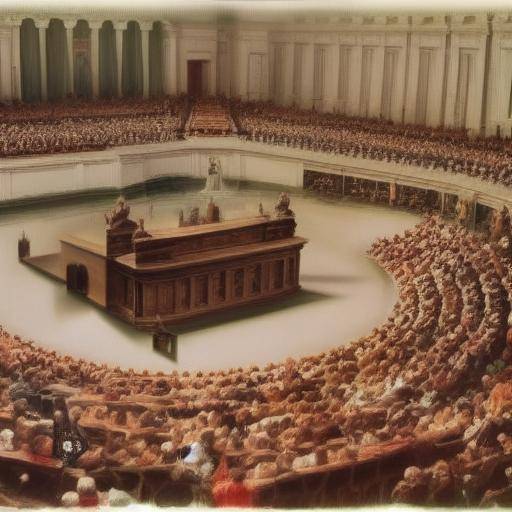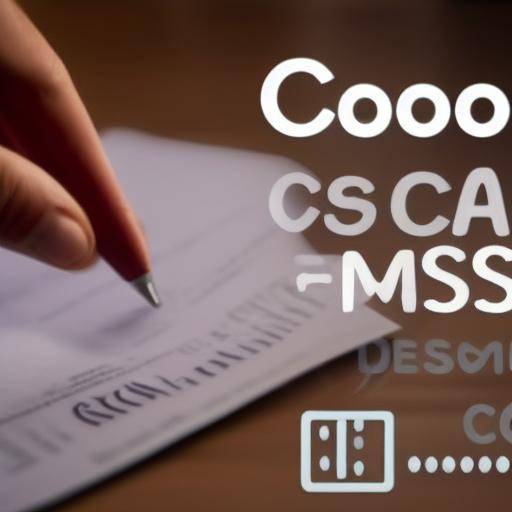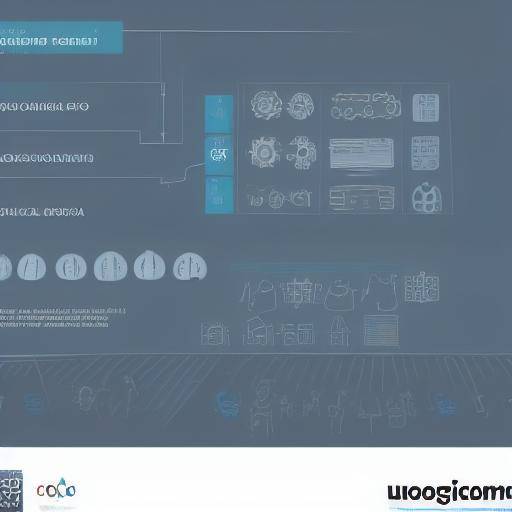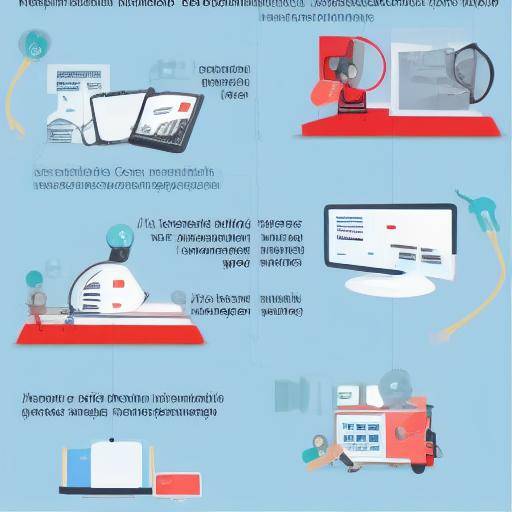
At present, artistic therapy has become an invaluable tool in the educational environment, offering an innovative and effective way to address various emotional, cognitive and behavioral challenges facing students. Since its incorporation in the educational field, it has proved to be a powerful tool to promote the integral development of individuals. In this article, we will thoroughly explore the impact of artistic therapy, how it can be implemented in the educational environment and the benefits it brings to students.
Introduction to Art Therapy
History and Background
The history of artistic therapy dates back to the ancestral roots of humanity, where art was used as a means of expression and healing. However, it was in the twentieth century that artistic therapy began to formalize itself as a recognized therapeutic discipline. Pioneers in the field, like Margaret Naumburg and Edith Kramer, laid the foundations for modern art therapy, establishing their effectiveness in the treatment of emotional and mental disorders.
Detailed Analysis
Artistic therapy encompasses a wide range of artistic disciplines, including painting, sculpture, dance, music and theatre. Each form of artistic expression offers a unique means for individuals to explore and communicate their emotions, thoughts and experiences. At the educational level, artistic therapy has been integrated as an effective tool to improve self-expression, promote emotional resilience and strengthen student self-esteem.
Comprehensive review
The application of artistic therapy in the educational environment extends beyond traditional classrooms, ranging from attention to diversity, to social inclusion and the development of socio-emotional skills. Artistic therapy adapts to the individual needs of students, allowing them to explore and process their emotions creatively, which in turn contributes to a more enriching and understanding educational environment.
Comparative analysis
Comparatively, the integration of artistic therapy in the educational environment presents significant similarities and differences with other therapeutic approaches, such as behavioral and cognitive therapy. While these approaches focus on changing patterns of thought and behavior, artistic therapy focuses on self-reflection through artistic creation, offering an alternative way to promote emotional well-being and self-knowledge.
Practical Tips and Accessible Recommendations
For educators interested in incorporating artistic therapy in their practice, it is essential to understand the various techniques and approaches that can be used. From the use of painting as a means of self-reflection, to the incorporation of dance as a form of bodily expression, there are countless strategies that can adapt to the individual and group needs of students.
Sector Perspectives and Views of Experts
The perspectives of experts in the field of education and artistic therapy highlight the significant impact this methodology has on the integral development of students. By providing a safe and judgment-free space for self-expression, artistic therapy nourishes creativity, empathy and resilience, fundamental skills in the process of learning and personal growth of students.
Case Studies and Practical Applications
Case studies documenting the successful implementation of artistic therapy in educational settings demonstrate their benefits in improving academic performance, reducing stress and promoting emotional intelligence. These experiences testify to the transformative potential of artistic therapy in the cognitive, emotional and social development of students.
Future Trends and Predictions
The future of artistic therapy in the educational environment is promising, with a growing recognition of its effectiveness and relevance in promoting student welfare. Their integration is expected to continue to expand, comprehensively addressing the emotional and cognitive needs of students, and supporting a more holistic and comprehensive educational approach.
Conclusion
In short, artistic therapy represents a powerful tool that can significantly transform the educational environment, offering students a creative way to explore their emotions, enhance their skills and strengthen their emotional well-being. As educators increasingly recognize the value of artistic therapy, new opportunities are opened to enrich educational experience and promote comprehensive development in students. By fostering self-expression, creativity and emotional resilience, artistic therapy becomes a fundamental pillar in the formation of safe, autonomous and emotionally balanced individuals.
FAQ
What is artistic therapy?
Artistic therapy is a therapeutic approach that uses various forms of artistic expression, such as visual art, dance, music and theatre, as means to promote emotional health, self-expression and psychological well-being.
How does artistic therapy relate to the educational environment?
Artistic therapy is related to the educational environment by offering students the opportunity to express themselves creatively, explore their emotions and strengthen their socio-emotional skills through artistic activities.
What are the benefits of incorporating artistic therapy in the educational environment?
The incorporation of artistic therapy in the educational environment can result in an improvement in the emotional well-being of students, greater self-expression, the development of creativity and the promotion of coping and resilience skills.
What role do educators play in the implementation of artistic therapy?
Educators play a key role in facilitating and supporting artistic therapy activities by providing a safe and enriching environment that fosters creative exploration and emotional expression of students.
What are the differences between artistic therapy and other forms of therapy?
Unlike other forms of therapy that focus on verbal dialogue, artistic therapy offers a non-verbal way to explore and process emotions, making it a unique tool for self-knowledge and self-reflection.
What does "use" artistic therapy mean in the educational environment?
"Using" artistic therapy in the educational environment involves actively integrating artistic activities into the teaching and learning process with the aim of promoting the integral development of students.
With this, we conclude our journey through artistic therapy in the educational environment, highlighting its impact, benefits and future prospects. Recognizing the transformative capacity of art in education, we hope that this article has emphasized the importance of incorporating artistic therapy as an integral tool for the growth and well-being of students.

